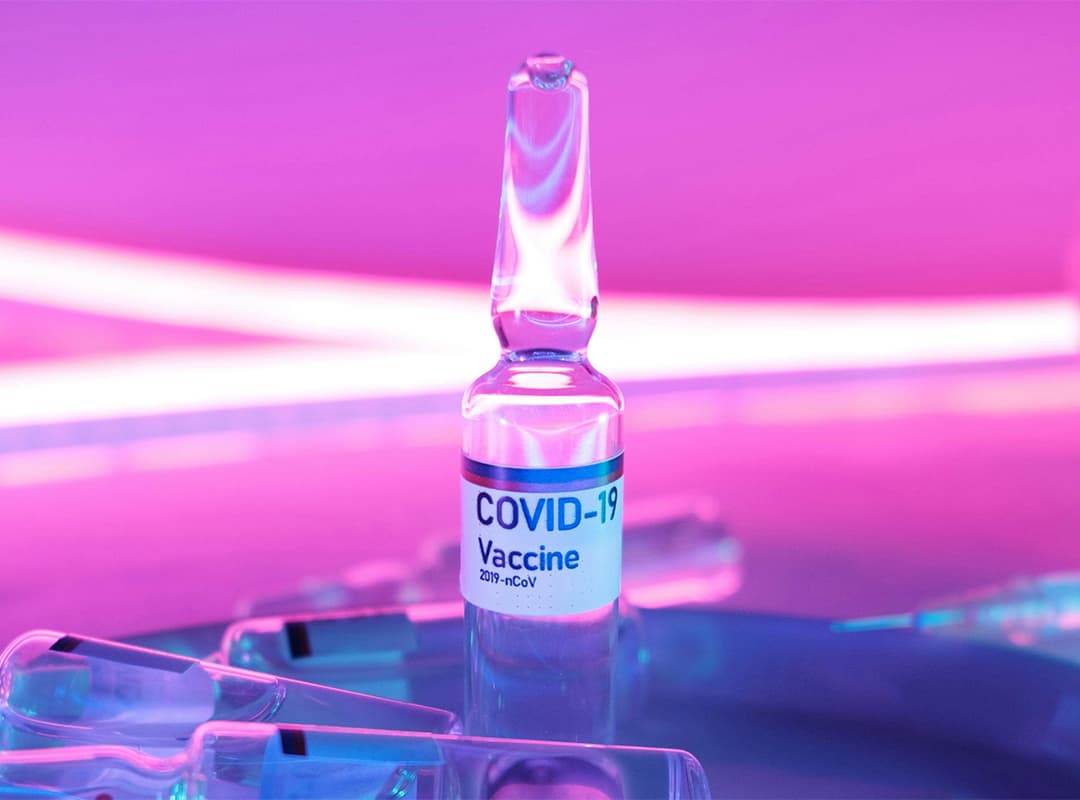Effective public health strategies must prioritize reaching the most vulnerable populations, especially in the context of a global pandemic like COVID-19. These groups often face increased risks due to socio-economic factors, healthcare disparities, and environmental conditions. Ensuring that these populations receive adequate support, vaccination, and healthcare is crucial for controlling the spread of the virus and improving overall public health outcomes. This article explores strategies for reaching vulnerable groups and highlights the role of South African institutions in addressing these challenges.
Identifying Vulnerable Populations
Vulnerable populations include individuals and groups who are at higher risk of adverse health outcomes due to a variety of factors. These can include:
- Elderly Individuals: Older adults are at increased risk of severe illness from COVID-19 due to age-related changes in immune function and the presence of comorbidities.
- Low-Income Communities: People living in poverty may face barriers to accessing healthcare, including vaccinations, due to financial constraints, lack of transportation, or living in areas with limited healthcare infrastructure.
- Rural Populations: Residents of rural areas often have less access to healthcare facilities and services compared to those in urban settings, making it harder to receive timely medical care and vaccinations.
- People with Disabilities: Individuals with disabilities may encounter physical, logistical, or systemic barriers to accessing healthcare services.
- Immigrant and Refugee Communities: These groups may face language barriers, legal status issues, or distrust of the healthcare system, affecting their ability to access and utilize health services effectively.
Strategies to Reach Vulnerable Populations
- Community-Based Outreach
Engaging community-based organizations and local leaders is crucial for reaching vulnerable populations. These organizations often have established trust and can effectively disseminate information about health services and vaccination opportunities. Collaborating with community groups can help tailor outreach efforts to address specific needs and overcome barriers.
- Mobile Clinics and Pop-Up Vaccination Sites
To address geographic and logistical barriers, mobile clinics and pop-up vaccination sites can bring services directly to underserved areas. These initiatives are particularly useful in reaching rural and low-income communities, where access to fixed healthcare facilities may be limited.
- Tailored Communication and Education
Effective communication strategies must be culturally and linguistically appropriate. Providing information in multiple languages, using culturally relevant messaging, and employing various media channels (e.g., radio, social media, community meetings) can help ensure that all members of vulnerable populations receive accurate and accessible information.
- Partnerships with Local Institutions
SA institutions, including universities, non-governmental organizations (NGOs), and public health agencies, play a vital role in supporting vaccination and healthcare outreach efforts. Institutions such as the South African Medical Research Council (SAMRC) and various universities contribute through research, public health campaigns, and logistical support. Collaborating with these SA institutions can enhance the reach and effectiveness of public health initiatives.
- Addressing Systemic Barriers
Addressing systemic issues, such as financial constraints, lack of transportation, and healthcare access disparities, is essential for ensuring that vulnerable populations can access necessary services. Initiatives like providing free transportation to vaccination sites, offering financial assistance for healthcare costs, and expanding healthcare infrastructure in underserved areas can help mitigate these barriers.
- Utilizing Data and Technology
Leveraging data and technology can improve outreach efforts. For example, using geographic information systems (GIS) to identify high-risk areas and track vaccination coverage can help target interventions more effectively. Digital tools, such as mobile health apps, can also provide information and facilitate appointment scheduling for those with limited access to traditional communication channels.
The Role of South African Institutions
In South Africa, institutions such as the National Health Laboratory Service (NHLS), the South African National Accreditation System (SANAS), and various academic and research institutions play a crucial role in addressing the needs of vulnerable populations. These institutions contribute to public health efforts through research, data collection, and the development of targeted interventions.
For instance, the NHLS supports mass testing and monitoring, which is vital for identifying and addressing health disparities. Academic institutions conduct research on health inequities and develop evidence-based strategies to improve outreach. Collaboration with these institutions ensures that public health initiatives are informed by the latest research and are tailored to the needs of the population.
Reaching the most vulnerable populations requires a multifaceted approach that addresses both direct and systemic barriers to healthcare access. Community-based outreach, mobile clinics, tailored communication, partnerships with local institutions, and the use of data and technology are all essential components of an effective strategy. In South Africa, collaboration with key institutions enhances the capacity to address these challenges and improve health outcomes for vulnerable groups.
By focusing on these strategies and leveraging the expertise of South African institutions, public health efforts can be more inclusive and effective, ultimately contributing to a healthier and more equitable society.
